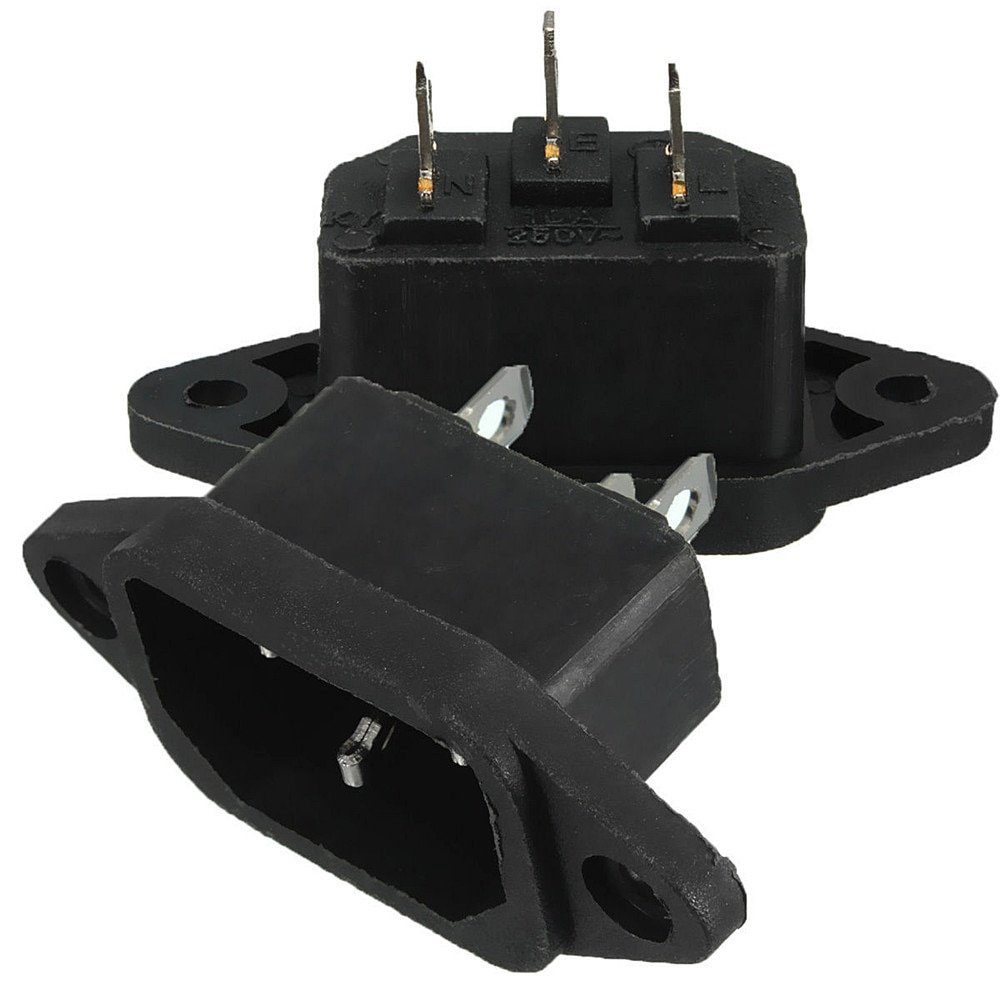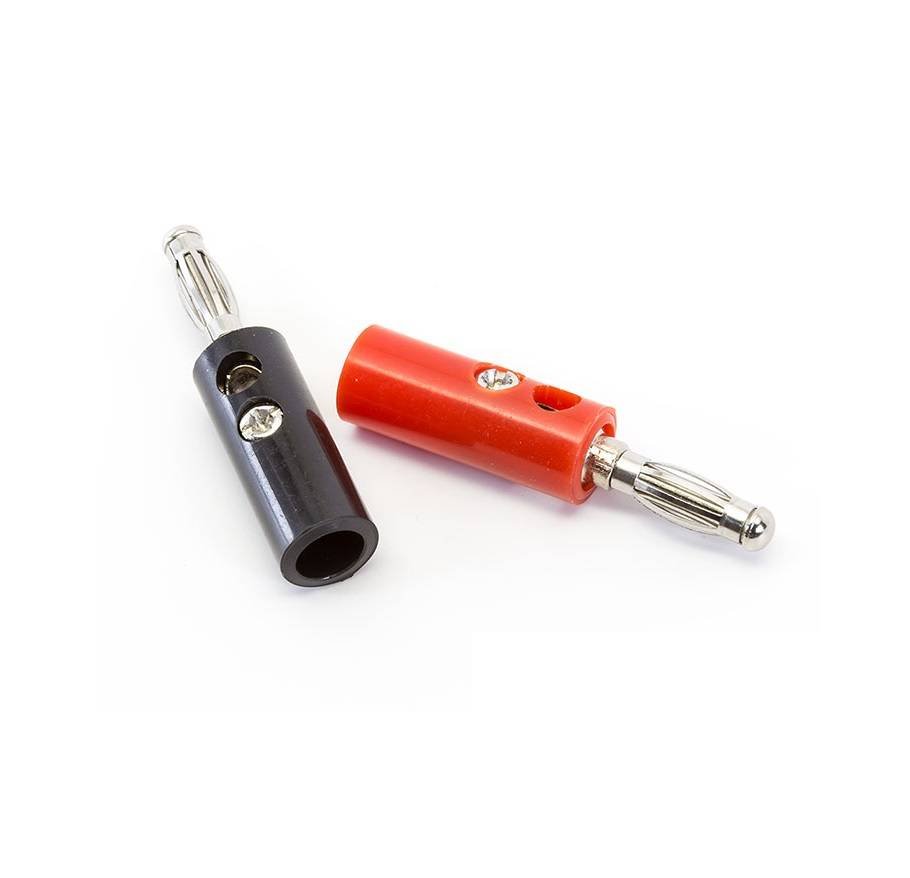Product Overview
The Barrier Strip Terminal Block (20A, 12mm, 380V) is a high-quality electrical connector designed for safe and secure wire connections in industrial, commercial, and DIY applications. With a 20A current capacity and 380V voltage rating, it efficiently handles high-power connections. The 12mm pitch spacing ensures proper insulation and prevents short circuits. This terminal block is ideal for electrical control panels, power distribution systems, and machinery wiring, offering durability and easy installation.

Key Features:
- High Current Capacity (20A) – Supports heavy-duty electrical connections.
- Wide Voltage Compatibility (380V) – Suitable for industrial and commercial use.
- 12mm Pitch Spacing – Provides safe wire separation to prevent short circuits.
- Barrier Strip Design – Ensures secure and reliable wire connections.
- Screw Terminal Connection – Allows easy and firm wire fastening.
- Durable Construction – Made from high-quality insulating and conductive materials.
- Versatile Applications – Ideal for electrical panels, machinery, and automation systems.
Technical Specifications:
- Type: Barrier Strip Terminal Block
- Current Rating: 20A
- Voltage Rating: 380V AC
- Pitch Spacing: 12mm
- Number of Positions: Varies (commonly 2-12 positions)
- Wire Connection Type: Screw Terminal
- Material: Flame-retardant plastic housing, copper alloy contacts
- Operating Temperature: -40°C to 105°C
- Mounting Type: Panel/Chassis Mount
- Compliance: RoHS, CE
Applications:
- Electrical Panels & Distribution Boxes – Ensures safe power management.
- Industrial Machinery Wiring – Provides secure connections for motors and control circuits.
- Automation & Control Systems – Used in PLCs, relays, and sensor connections.
- Household & Commercial Electrical Installations – Connects lighting systems and power outlets.
- DIY & Prototyping – Perfect for custom electrical projects.
Why Choose the Barrier Strip Terminal Block?
With its high current capacity, secure barrier design, and durable construction, the Barrier Strip Terminal Block (20A, 12mm, 380V) is a trusted choice for industrial, commercial, and home electrical applications.
Only logged in customers who have purchased this product may leave a review.











Reviews
There are no reviews yet.